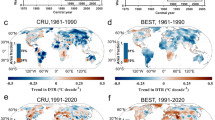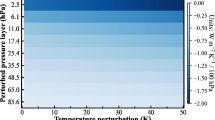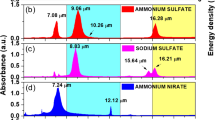Abstract
THE writer of this letter is right in concluding that in accordance with my hypothesis the earth also must throw out a stream of matter equatorially into space; and if your correspondent will refer to my article in the Nineteenth Century of April last, he will find that at p. 522 I speak of such a terrestrial outflow, with which I connect the phenomena of Aurora Borealis. If at any period of the world's history the rotatory velocity of the earth has been much greater than it is now, and its surface-temperature sufficiently high to cause ignition of combustible gases, it may be reasonably supposed that it had the power of recuperating its heat of radiation. The amount of heat so recuperated would, under all circumstances, be less than that received back by combustion, and the result of gradual diminution of temperature would be that on a certain day the temperature must have fallen below the point of ignition, from which day forward no further recuperation of heat could be expected. The process of cooling would then proceed at a very rapid ratio, until the surface-temperature had reached another point of comparative constancy, at which the radiation into space was balanced by the heat received by solar radiation, and which is our present condition.
This is a preview of subscription content, access via your institution
Access options
Subscribe to this journal
Receive 51 print issues and online access
$199.00 per year
only $3.90 per issue
Buy this article
- Purchase on SpringerLink
- Instant access to full article PDF
Prices may be subject to local taxes which are calculated during checkout
Similar content being viewed by others
Author information
Authors and Affiliations
Rights and permissions
About this article
Cite this article
SIEMENS, C. On the Conservation of Solar Radiation. Nature 26, 597 (1882). https://doi.org/10.1038/026597b0
Issue date:
DOI: https://doi.org/10.1038/026597b0



